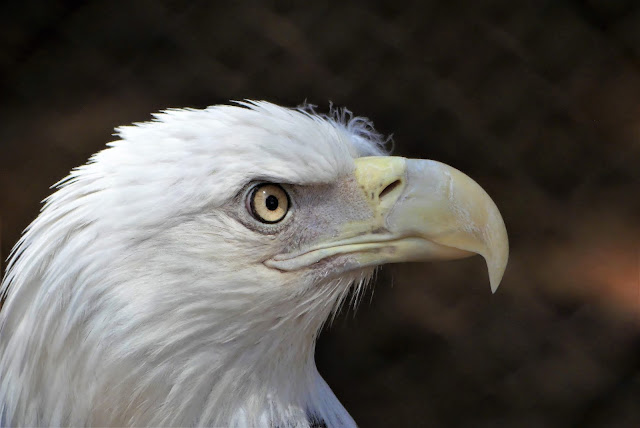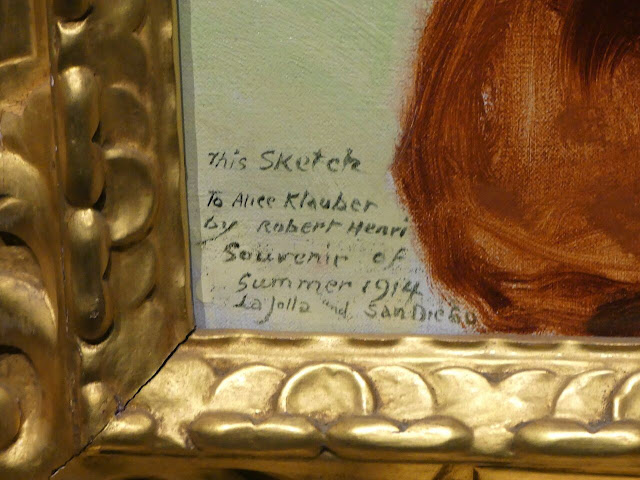Beer is made from four
basic ingredients: Barley, water, hops and yeast. The basic idea is to extract
the sugars from grains (usually barley) so that the yeast can turn it into
alcohol and CO2, creating beer.
The brewing process
starts with grains, usually barley (although sometimes wheat, rye or other such
things.) The grains are harvested and processed through a process of heating,
drying out and cracking. The main goal of malting is to isolate the enzymes
needed for brewing so that it’s ready for the next step.
The wort is boiled for
about an hour while hops and other spices are added several times.
What are hops? Hops are the small, green cone-like fruit
of a vine plant. They provide bitterness to balance out all the sugar in the
wort and provide flavor. They also act as a natural preservative, which is what
they were first used for.
Once the hour long boil
is over the wort is cooled, strained and filtered. It’s then put in a
fermenting vessel and yeast is added to it. At this point the brewing is
complete and the fermentation begins. The beer is stored for a couple of weeks
at room temperature (in the case of ales) or many many weeks at cold
temperatures (in the case of lagers) while the yeast works its fermentation
magic. Basically the yeast eats up all that sugar in the wort and spits out CO2
and alcohol as waste
products.
 |
| Barrel for collecting CO2 |
 |
| Bottling equipment |
 |
| Part of the bottling area |

















































